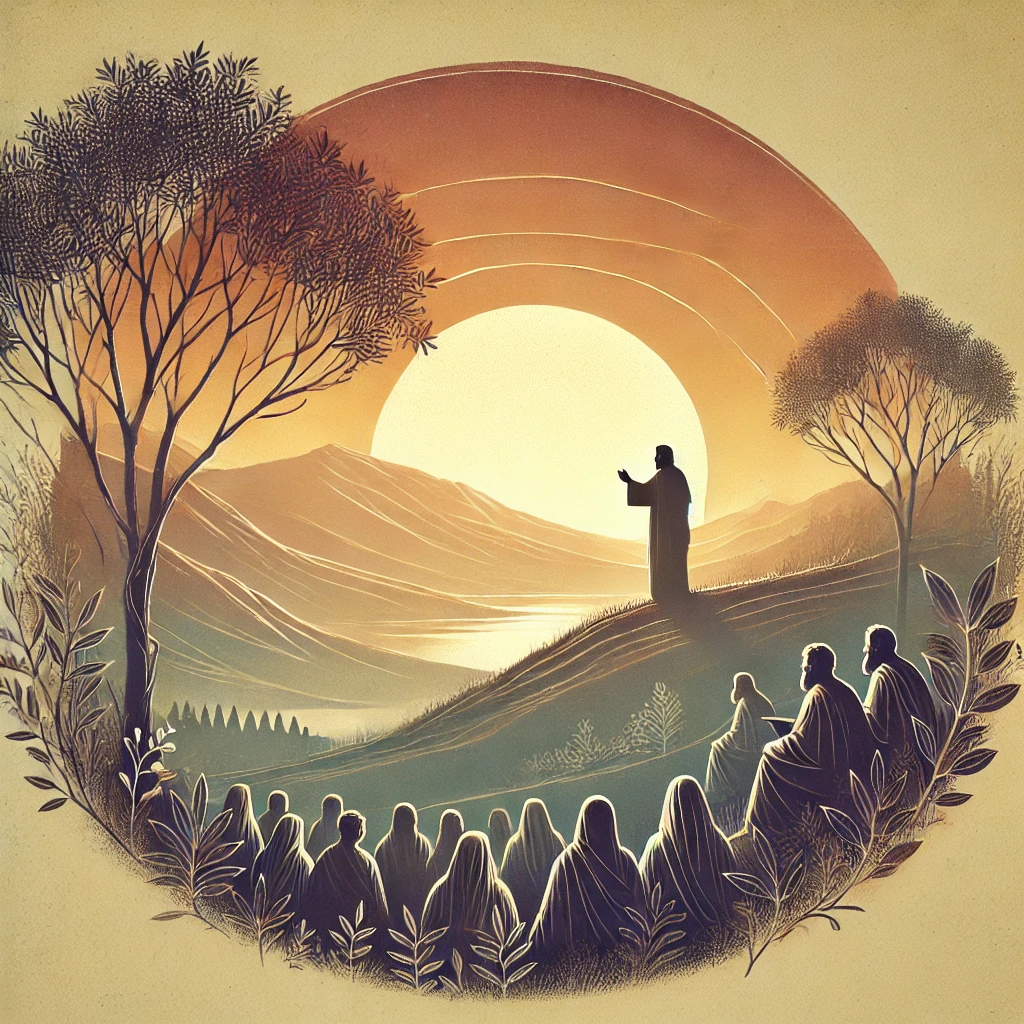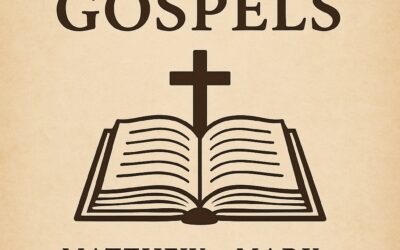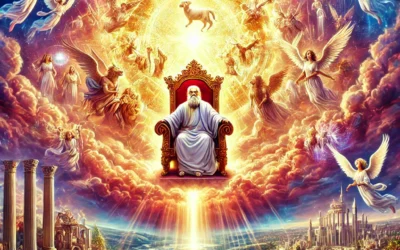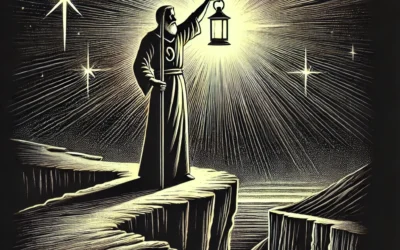The Book of Matthew is the first book of the New Testament and one of the four Gospels.
Written by Matthew, a former tax collector and one of Jesus’ twelve disciples, this Gospel presents Jesus as the promised Messiah, fulfilling Old Testament prophecy and proclaiming the arrival of the Kingdom of Heaven.
Matthew’s Gospel connects Jesus directly to Israel’s history and prophecies while opening the invitation of the Kingdom to the entire world.
Through Jesus’ birth, teachings, miracles, death, and resurrection, Matthew shows us the King who came to save and to reign.
The Birth and Early Life of Jesus (Matthew 1–2)
Matthew opens with Jesus’ genealogy and birth, showing that He is the fulfilment of Old Testament promises.
Key Highlights:
- Genealogy links Jesus to Abraham and David
- The virgin birth fulfils Isaiah’s prophecy (Isaiah 7:14)
- The visit of the Magi signals Jesus as King to the nations
- The escape to Egypt and return to Nazareth fulfil several prophecies
Lesson: Jesus’ arrival was part of God’s divine plan from the beginning, fulfilling prophecy and declaring His identity as King.
Preparation for Ministry (Matthew 3–4)
Before beginning His public ministry, Jesus is baptised and tested, demonstrating obedience and spiritual authority.
Key Highlights:
- John the Baptist prepares the way with a message of repentance
- Jesus is baptised and affirmed by God as His beloved Son
- Faces temptation in the wilderness and overcomes it with Scripture
- Begins preaching: “Repent, for the kingdom of heaven has come near”
Lesson: Jesus enters ministry as the faithful Son, setting an example of obedience, humility, and spiritual strength.
The Sermon on the Mount (Matthew 5–7)
Jesus teaches the values of the Kingdom, calling people to true righteousness that goes beyond external religion.
Key Highlights:
- The Beatitudes bless the humble, merciful, and pure in heart
- Teaches on anger, lust, divorce, oaths, and loving enemies
- Gives the Lord’s Prayer and instructs on fasting
- Emphasises seeking God’s Kingdom first and trusting in His provision
- Warns about judging others and the need for genuine obedience
Lesson: The way of the Kingdom is marked by heart transformation, humility, and deep trust in God.
Miracles, Discipleship, and Opposition (Matthew 8–12)
Jesus performs powerful miracles and calls people to follow Him while facing growing resistance from religious leaders.
Key Highlights:
- Heals the sick, calms storms, and casts out demons
- Shows compassion to the outcasts and marginalised
- Calls Matthew and commissions the Twelve
- Confronts accusations of working by Satan’s power
- Teaches that obedience to God makes one part of His true family
Lesson: Jesus’ power and authority reveal His divine nature, but following Him also brings resistance and requires courage.
Parables of the Kingdom (Matthew 13)
Jesus teaches spiritual truths about the Kingdom of Heaven through parables.
Key Highlights:
- Shares the Parables of the Sower, Weeds, Mustard Seed, and Pearl
- Explains why He teaches in parables—to reveal truth to the receptive
- Describes the Kingdom as something hidden, valuable, and growing
- Separates those who hear and respond from those who reject
Lesson: The Kingdom is revealed to the humble and hungry—its truth transforms those who are ready to receive it.
Revealing the Messiah (Matthew 14–20)
Jesus reveals more of His identity to His disciples, prepares them for His death, and teaches the way of the cross.
Key Highlights:
- Feeds 5,000, walks on water and continues healing
- Peter declares, “You are the Christ, the Son of the living God”
- Jesus predicts His death and resurrection multiple times
- Is transfigured before Peter, James, and John
- Teaches about humility, forgiveness, and servant leadership
Lesson: Jesus is the Messiah, but not as expected—He comes to serve, suffer, and save.
Confrontation in Jerusalem and the End of the Age (Matthew 21–25)
Jesus enters Jerusalem as King confronts hypocrisy and teaches about His return and coming judgment.
Key Highlights:
- Enters Jerusalem on a donkey, fulfilling Zechariah 9:9
- Cleanses the temple and curses a fig tree as a symbol of judgment
- Challenges Pharisees and pronounces seven “woes” on their hypocrisy
- Shares parables warning about readiness and stewardship
- Delivers the Olivet Discourse on the end times and His second coming
Lesson: Jesus calls His people to faithful living, spiritual readiness, and wholehearted devotion in light of His return.
The Crucifixion and Resurrection (Matthew 26–28)
Jesus is betrayed, crucified, and raised—completing His redemptive work and commissioning His followers.
Key Highlights:
- Celebrates the Last Supper and prays in Gethsemane
- Betrayed by Judas, arrested, and tried before religious and Roman leaders
- Is crucified, buried, and rises on the third day
- Appears to His followers and gives the Great Commission
Lesson: Jesus’ death brings forgiveness, and His resurrection brings victory.
Now, His followers are called to spread His message to the world.
Themes of Matthew
- Jesus the Messiah – Fulfilling Old Testament promises and revealing God’s salvation plan
- The Kingdom of Heaven – A spiritual kingdom that transforms hearts and lives
- True Discipleship – Following Jesus with obedience, faith, and sacrifice
- Heart-Level Righteousness – Living in a way that reflects God’s holiness from the inside out
- Victory through the Cross – Jesus’ death and resurrection secure salvation for all who believe
Final Thoughts
The Book of Matthew reveals Jesus as the long-awaited Messiah, the true King, and the Saviour of the world.
It invites every reader to enter the Kingdom of Heaven by faith, follow the way of the cross, and live a life of obedience and hope.
Jesus is not just the beginning of the New Testament—He is the centre of God’s redemptive story for all humanity.





